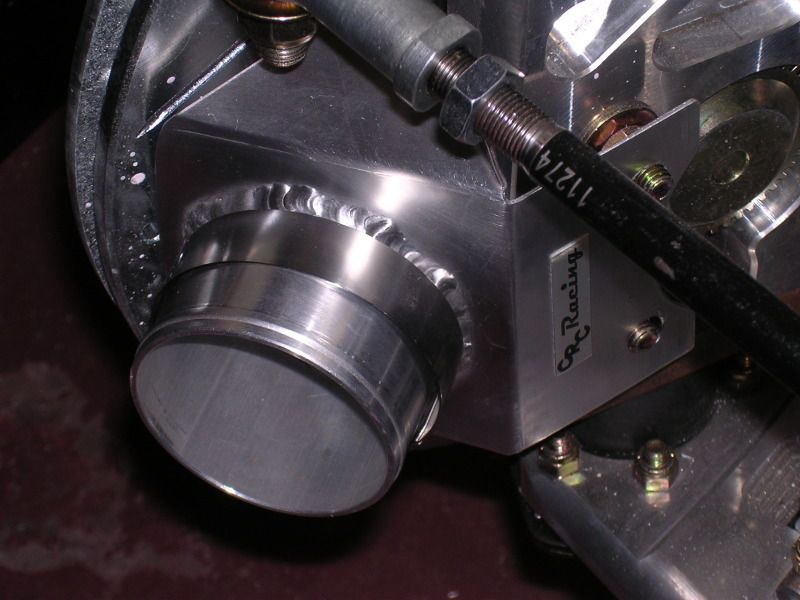Ken Roberts
Supporter
Can Fran chime in and mention where the hood hinges can be purchased for the owners who would prefer this method.
What pads? Check out Cobalt Friction..
Ideally you need to get the cooling air into the ID of the rotor by the vanes so they can do their job of pulling the air thru when rotating, wont hurt to have another hose/duct pointing at the caliper either,[ best situation/cure would an upright that had provision for all that cast/machined into it]
Does your brake system incorporate check valves in a circulating setup like DPI?, where you use a dual fluid line setup-one out to the calipers, one return to the Master Cyls, so that the brake fluid is being moved thru the system with each brake application.

